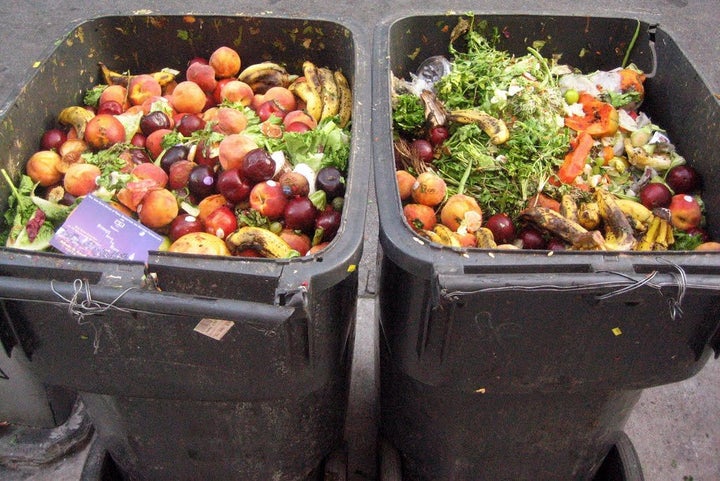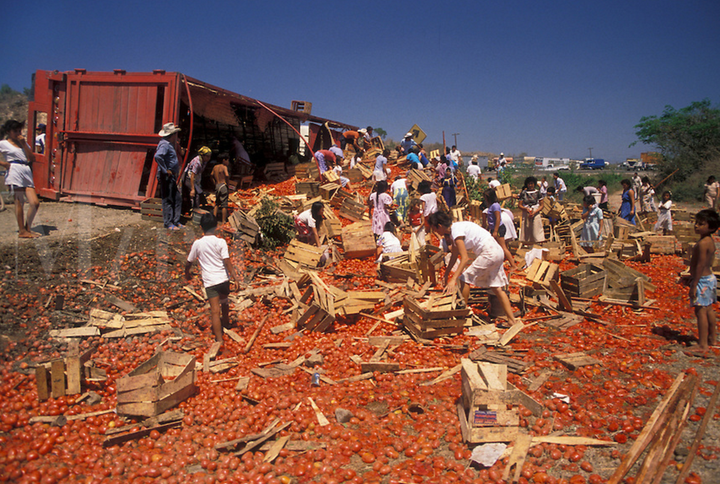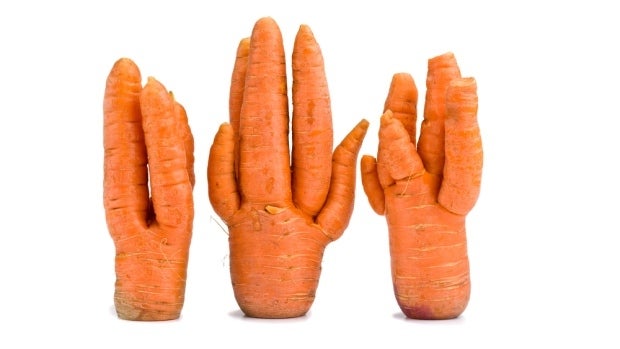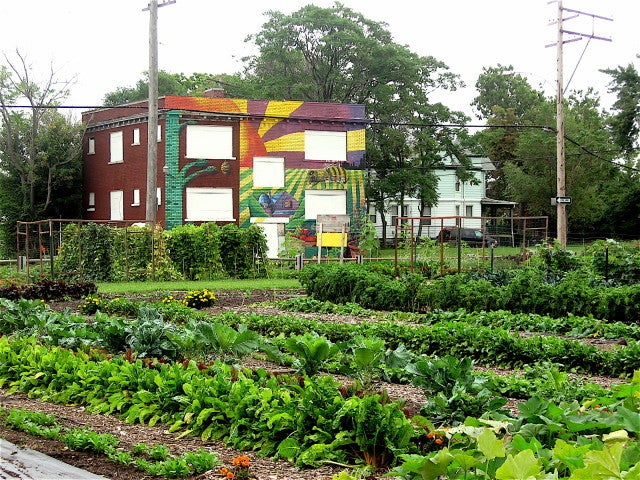Time and time again, fancy, high-cost solutions persevere in society. Headlines focus on the newest technology promising to reinvent world systems while simple solutions that can make the greatest impact are brushed aside. Food waste is one of the most prescient issues of our time. This issue often falls through the cracks of collective interest, but through modest intervention, could provide huge returns in not only agricultural production and nutrition, but in industries such as energy and water.
Moving food from farm to table accounts for 50 percent of land use in the US, 10 percent of total energy consumption, and 80 percent of all freshwater used. Despite these inputs, only 60 percent of the food produced in the US is actually eaten, with 52 percent of fruits and vegetables thrown out. This equates to $165 billion of food waste each year. With one in eight Americans lacking proper food security and one out of four calories produced never eaten, it is vital to increase the efficiency of food systems in all steps of the production chain. From the farmers, distributors, governments and consumers, all parties must work together to ensure the basic right of every single human to receive a meal at night.

Absurd stories are told by farmers on the quantity of produce left behind. Interviews with peach farmers found that eight out of the ten peaches grown cannot be sold due to the unmarketable appearance of the fruit. A cucumber farmer estimated that fewer than half the vegetables he grows actually leave his farm and that 75 percent of them removed before sale are edible. Perhaps most egregiously, a large tomato-packing house reported that they can fill a dump truck with 22,000 pounds of discarded tomatoes every 40 minutes. Looking specifically at fruits and vegetables, 1-4 percent of produce is left in the field after harvesting, up to 30 percent of the product is removed during packaging, and 20 percent is lost during production.

Examples, such as these, give rise to the question; why are large quantities of edible produce being thrown out? The reasons are abundant, with the following being a few:
Overplanting: Farmers face penalties if they do not provide dependable volumes to their buyers, regardless of weather or insect risks, leading to a 10 percent increase in planting.
Cosmetic Quality: Workers and packing institutions are trained to skip over small, misshapen, or otherwise “ugly” produce because the size and cosmetic quality of the crop does not meet the standards of buyers, leaving 30 percent of produce to be discarded.
Anticipatory packing: packing facilities guess their daily orders in advance of receiving actual orders, but do not have space for the surplus, leaving approximately 1 percent to be thrown out daily.
Supermarkets: remove produce 2-3 days prior to sell by date to keep brand intact because consumers only want the freshest of produce.
Logistics: due to produce traveling long distances, it is difficult to find refrigerated spaces to keep surplus of items or allow for donations.

While all this seems disheartening, methods are being undertaken to improve the food production process. Initiatives are proposed where all players shoulder the risks which come with farming. Meaning if there is a drought, it would not only fall to the farmer to take the burden of a limited supply. Concurrent picking, started by the California Association of Food Banks, allows imperfect produce to be picked at the same time as other items, packed into reusable containers, and stored in shipper coolers for pick up by food bank carriers. Entrepreneurs and businesses are also jumping on the bandwagon with start-ups such as Imperfect Produce, Hungry Harvest, Grocery Outlet, Snact, and Querfeld selling produce which is “ugly” but edible to consumers for a discounted price.
The beauty of the food waste problem is that the solutions are endless - from selling pre-packaged chopped up ‘ugly’ produce to creating puree mixes for soups, stews, and even baby food. And with farmers tossing this produce aside due to inefficiencies in the consumer market, the margins can be huge. However, it is in the realm of logistics and operations where improvements are needed in order to make use of our food waste. Logistics remain the unsexy part of a process, but if this can start on a local level, the entire operation can help fuel the local economy, in areas such as Detroit and Chicago, which face large food deserts.

As our population continues to grow food security will remain a key issue and impresses on us the need to ensure that all food produced is utilized. There is no need for a person to go hungry when 50 percent of produce thrown out in the US is edible. The opportunities exist; it is now up to us to create systematic changes by making lemonade out of misshapen lemons.